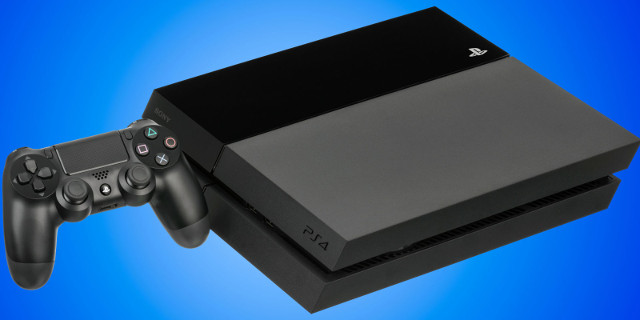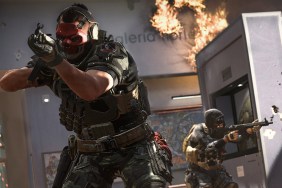We might only be 27 months into this console generation, but word has spread that Sony has plans to introduce new hardware in the near future. No, it's not the PlayStation 5. Instead, it's a hardware revision that entails all new potential for the current-generation of PlayStation.
Here's what you need to know.
…











